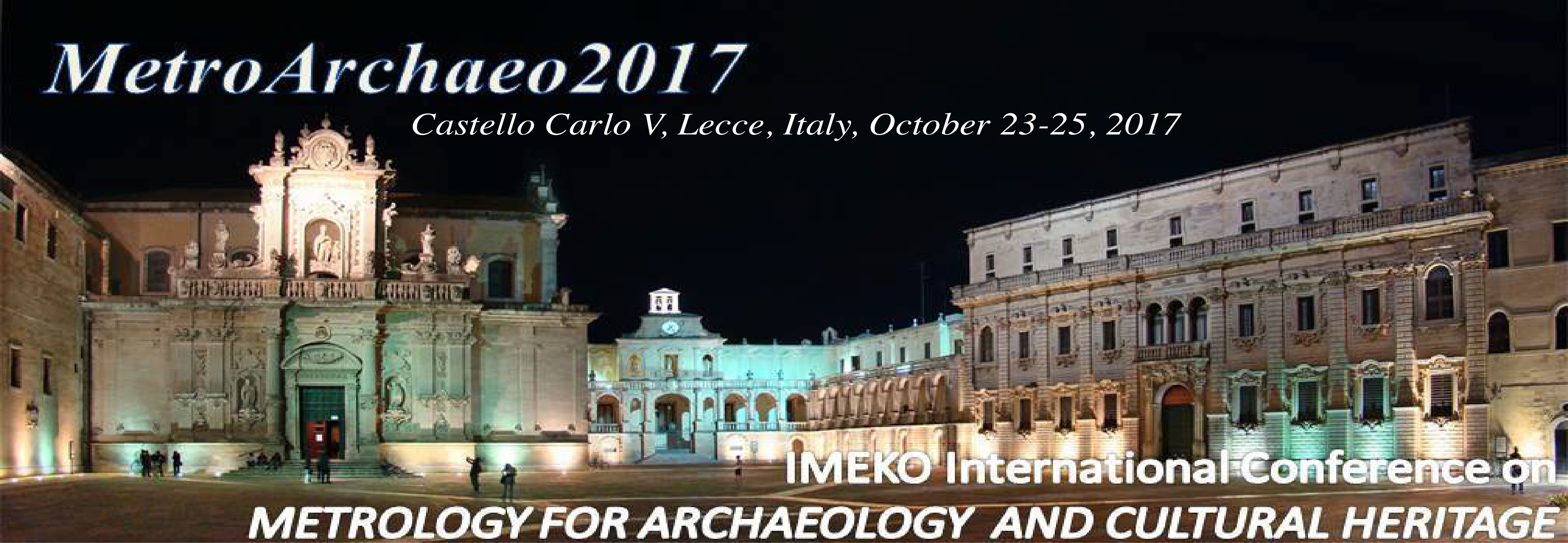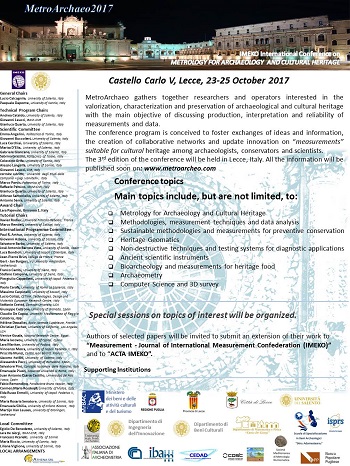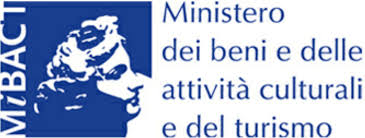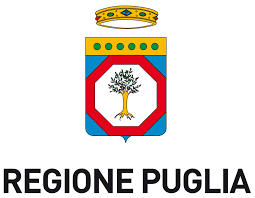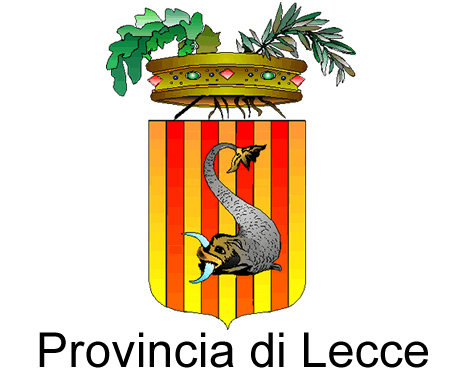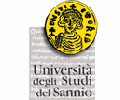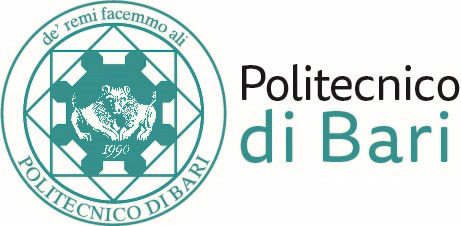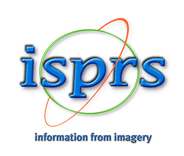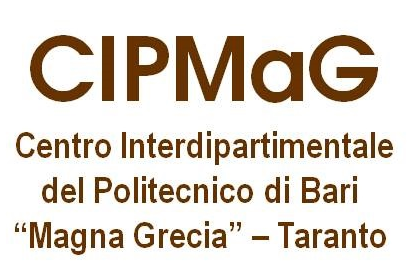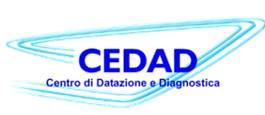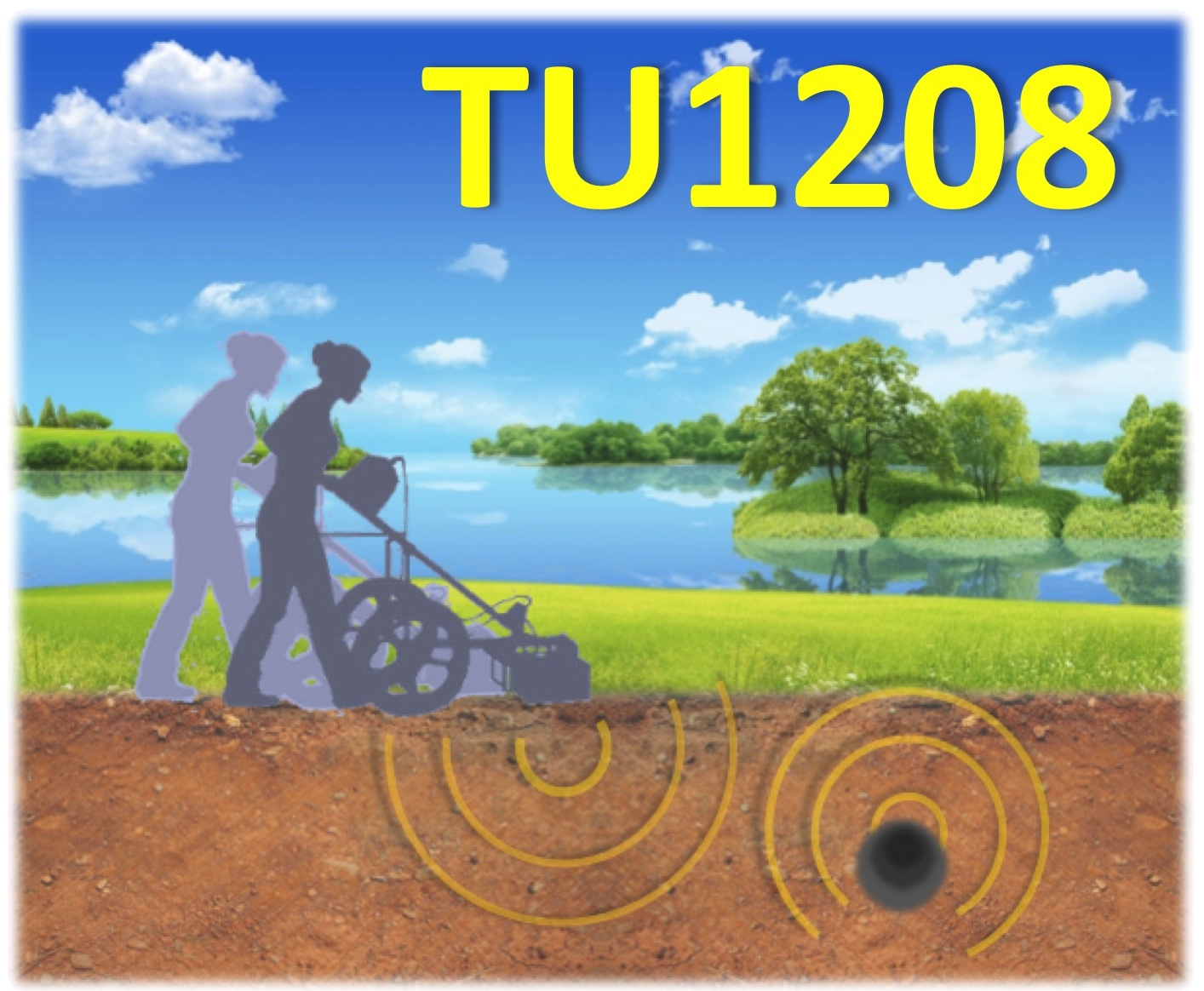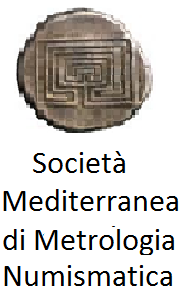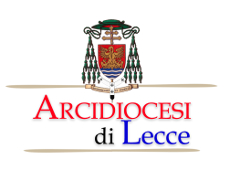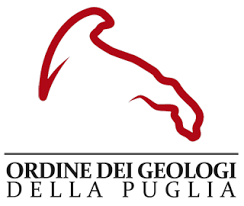INVITED LECTURES
We are proud to announce the following distinguished speakers!
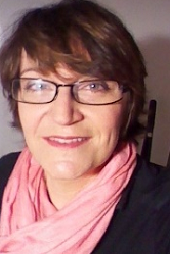
General Keynote Address
From AGLAE to the New AGLAE:
uncertainty evolution of PIXE and RBS experimental data
Dr Claire Pacheco
Centre de Recherche e Restauration des Musées de France
ABSTRACT
C. Pacheco(1,2), Q. Lemasson(1,2), B. Moignard(1,2), L. Pichon(1,2), M. Radepont(1,3), D. Gourier(2,4)
(1) C2RMF – Palais du Louvre, 14 quai François Mitterrand 75001 Paris, France
(2) New AGLAE - FR 3506 CNRS/MCC - C2RMF – Palais du Louvre, Paris, France
(3) CRCC-CRC – USR 3224 CNRS/MNHN – Museum d’Histoire Naturelle, Pars, France
(4) Institut de Recherche de Chimie Paris, CNRS, Chimie ParisTech, Paris, France
UNESCO, INTERPOL and UNODC (United Nation on Drugs and Crimes) jointly developed the global initiative "Protecting Cultural Heritage-An Imperative for Humanity" as the world is witnessing terrorist groups destructing Cultural Heritage in countries affected by armed conflict.
In 2015 and 2016, high level technical meetings have drawn up a list of concrete actions, including, among others, a call for ratification and implementation of relevant international instruments, enhancement of the collection of data, strengthening the use of existing tools such as the INTERPOL database of stolen works of art, all ICOM red lists and UNESCO Database of National Cultural Heritage Laws.
Since 1988, the Accelerator Grand Louvre for Elemental Analysis (AGLAE) is fully dedicated to Ion Beam Analysis (IBA) studies of ancient materials and art objects. In the next years, such a facility will indubitably play a major part in such data collection, measurement methodology, data treatment and uncertainties being perfectly determined for these high stakes.
Directly applied in air on objects presenting various sizes, shapes and conservation states, PIXE (Particle Induced X-ray Emission), PIGE (Particle Induced Gamma-ray Emission), RBS (Rutherford Backscattering Spectroscopy) and IBIL (Ion Induced Iono-Luminescence) are IBA (Ion Beam Analysis) signals that can be simultaneously measured at the AGLAE facility. Systematic imaging of such complementary information can be made from tens of µm² up to several cm² area size and gives precious information on the provenance, manufacturing process or conservation state of objects, which are essential issues in archaeology.
The New AGLAE project (grant ANR-10-EQPX-22) aims at automating the beamline and stabilizing the beam in energy, position and focus. Very well known for their skills in cyclotrons and LINAC (SOLEIL, ALBA synchrotrons), the Thalès company won the bid to achieve this part of the project in collaboration with the AGLAE team. The new beamline will be operational in summer 2017, permitting to welcome the users in September.
First, the new beamline will be presented, underlining the upgrades from the ancient facility. Then, the methodology followed to calculate the uncertainty due to the machine and to the data processing of PIXE and RBS measurements is based upon the ANOVA calculation: repeatability and reproducibility of measurements are studied on standards routinely used to determine the elemental composition of light matrix (ceramics, stones, glass...) by PIXE and the depth repartition of the elements by RBS. Finally, the evolution of uncertainties from AGLAE to New AGLAE as well as some results obtained on Cultural Heritage objects should be available.
SPEAKER BIOGRAPHY
In 2007 at Bordeaux 3 University, Claire Pacheco defended a PhD in Archaeomaterials entitled Study of gold thin films on vitreous matrix – application to medieval glazed ceramics – Iran, 12th-13th c.; Central Asia, 14th-15th c. During post-docs, she studied the modern manufacturing techniques of gold leaf and did technical and scientific support for European users at the AGLAE facility.
Since 2011, she is in charge of the AGLAE beamline and in the framework of the CHARISMA European program, from 2012 to 2015, she was the leader of the FIXLAB platform, which gave transnational access to four large scale facilities (SOLEIL synchrotron, Budapest Neutron Center, ATOMKI-HAS ion beam facility in Debrecen, Hungary and the AGLAE facility).
Since 2014, she manages the AGLAE+ group at the Research Department of C2RMF (Centre de Recherche et de Restauration des Musées de France), group which gathers several analytical intruments such as the AGLAE beamline, XRF, µ-XRD, SEM and a laser platform (LIBS, LIF, Raman spectroscopy).
Her current challenge is to coordinate the implementation of the New AGLAE beamline, which should be able to welcome its first users in July 2017. This project, funded by the French Research National Agency (ANR-10-EQPX-22), the French ministry of Culture and Paris city council, aims at automating the beamline and conceiving and developing a new imaging multi-detector. It will end in 2019.
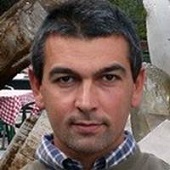
University of Parma
ABSTRACT
Danilo Bersania Claudia Conti,b Pavel Matousek,c Federica Pozzid and Peter Vandenabeelee
a Department of Mathematical, Physical and Computer Sciences, University of Parma, Parco Area delle Scienze, 7/A, 43124 Parma, Italy
b Consiglio Nazionale delle Ricerche, Istituto per la Conservazione e la Valorizzazione dei Beni Culturali (ICVBC), Via Cozzi 53, Milano, Italy
c Central Laser Facility, Research Complex at Harwell, STFC Rutherford Appleton Laboratory, Harwell Oxford, UK
d Department of Scientific Research, Metropolitan Museum of Art, 1000 Fifth Avenue, New York, USA
e Ghent University, Department of Archaeology, Sint-Pietersnieuwstraat 35, B-9000 Ghent, Belgium
After a long time, when it was considered a technique for “hard scientists”, Raman spectroscopy became one of the most diffuse techniques in the field of archaeometry and conservation science. The factors allowing the growth and diffusion of Raman spectroscopy are mostly related to the technical and methodological evolution. In this talk, the more recent instrumental developments and trends related to the use of this technique in archaeometry are discussed. A special focus will be devoted to the use of mobile and portable instruments, to the surface-enhanced Raman spectroscopy (SERS), to the spatially offset Raman spectroscopy (SORS) and to the new detectors, allowing the use of Near Infra-Red lasers.
SPEAKER BIOGRAPHY
Degree in Physics: 1992
PhD in Physics: 1997
Researcher at the Physics and Earth Science Department of the University of Parma (1999-2014)
Associated Professor in Experimental Physics of Matter at the Department of Mathematical, Physical and Computer Sciences of the University of Parma from October 2014.
Research Fields:
Minerals, Cultural heritage, Nanocrystalline oxides, Sol-gel derived materials
Main technique: Raman and micro-Raman spectroscopy.
Teaching: Physics and laboratory, Spectroscopic and nuclear techniques for cultural heritage.
Author of more than 150 scientific publications on international journals and more than 250 presentations at national and international conferences.
